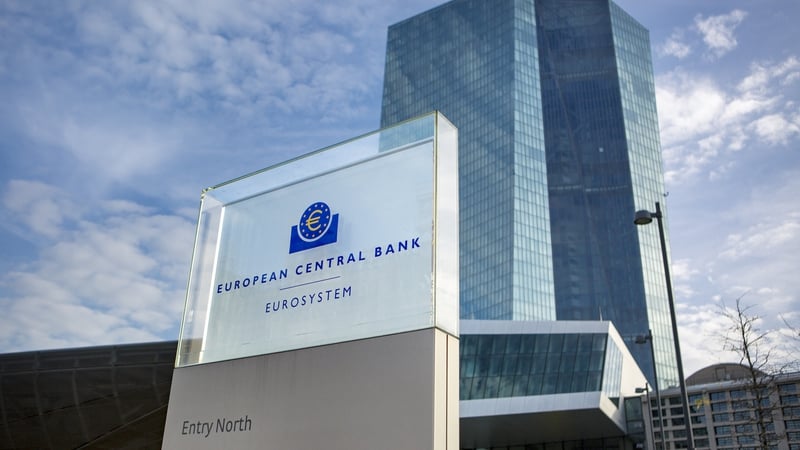Financial markets are ramping up expectations for interest rate cuts from the European Central Bank, betting it will be the first major central bank to ease policy to buffer a euro zone economy facing recession in contrast to a robust US.
Last week money market traders anticipated that the ECB, US Federal Reserve and the Bank of England would all start easing monetary policy in the second half of 2024 as inflation eases and recent interest rate hikes slow economic growth.
Yet that changed after data on Tuesday showed euro zone inflation dropped more than expected to its lowest in over two years in October, while the economy shrank during the third quarter, raising the risk of a year-end recession.
With investors confident that big central banks are likely done raising rates, focus has switched to when rate cuts will start.
Traders now price around an 80% chance of a 25 basis-points (bps) ECB cut by April, which had been fully priced for July last week.
They also expect an additional cut next year, now pricing in more than a 50% chance of four, 25 bps cuts by the end of 2024 that would lower the key deposit rate to 3%.
"The European economy clearly is weakening and weakening quite sharply," said BNY Mellon Investment Management's chief economist Shamik Dhar.
"There are more reasons to believe rates have peaked in Europe than in the US and the UK," he added. "That's the view markets are coming to as well."
In Britain, where the Bank of England held rates steady this week and ruled out rate cuts any time soon, traders have also ratcheted up bets for easing.
They now expect two cuts in 2024. But facing more stubborn inflation, the Bank of England is expected to move slower than peers.
In contrast to the euro zone, the US economy continues to defy recession warnings, growing almost 5% in the third quarter.
While bets on Fed cuts have risen recently with traders expecting three cuts in 2024, likely starting in June, they still see the Fed's main rate at the end of 2024 nearly 50 bps higher than expectations in late July.
The diverging moves reflect the reckoning with higher US rates for longer, which in part explains the recent global bond market rout.
ECB President Christine Lagarde acknowledged last week as the bank paused hikes for the first time since July 2022 that surging US Treasury yields had spilled over, tightening euro area financing conditions.
